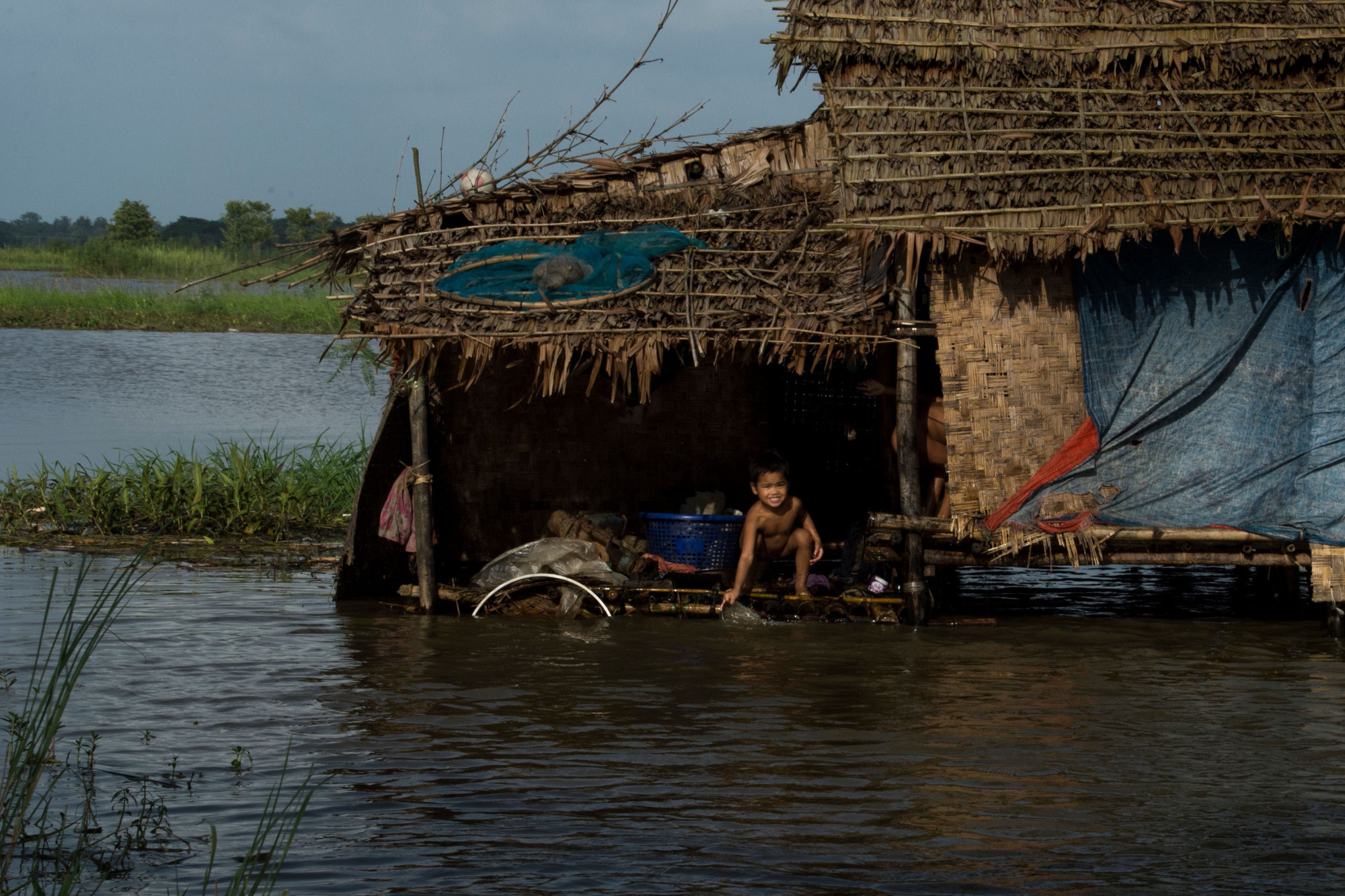Asia's future is inextricably tied to the Himalayas, the world's tallest mountain range and the source of the water-stressed continent's major river systems. Yet reckless national projects are straining the region's fragile ecosystems, resulting in a mounting security threat that extends beyond Asia.
With elevations rising dramatically from less than 500 meters to over 8,000 meters, the Himalayas are home to ecosystems ranging from high-altitude alluvial grasslands and subtropical broadleaf forests to conifer forests and alpine meadows.
Stretching from Myanmar to the Hindu-Kush watershed of Central Asia, the Himalayas play a central role in driving Asia's hydrological cycle and weather and climate patterns, including triggering the annual summer monsoons. Its 18,000 high-altitude glaciers store massive amounts of freshwater and serve in winter as the world's second-largest heat sink after Antarctica, thus helping to moderate the global climate. In summer, however, the Himalayas turn into a heat source that draws the monsoonal currents from the oceans into the Asian hinterland.


















With your current subscription plan you can comment on stories. However, before writing your first comment, please create a display name in the Profile section of your subscriber account page.